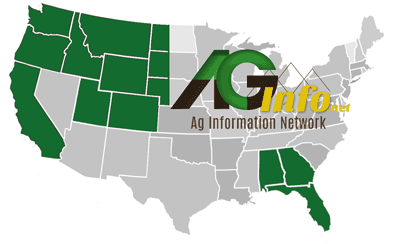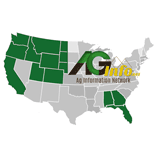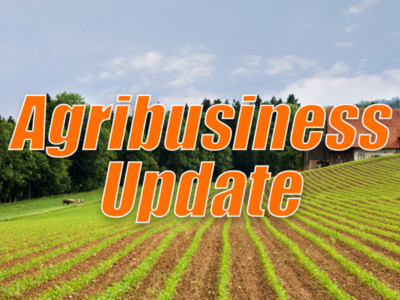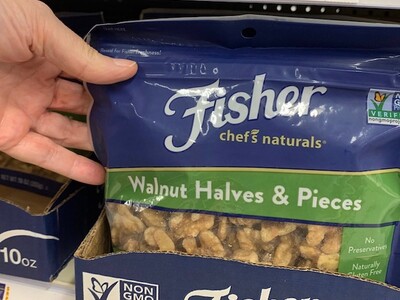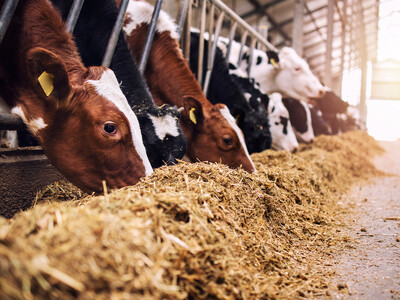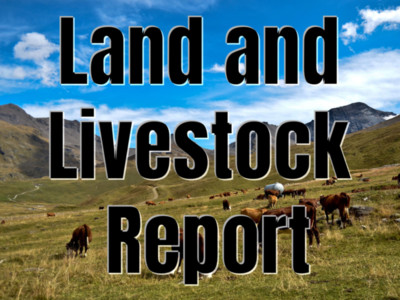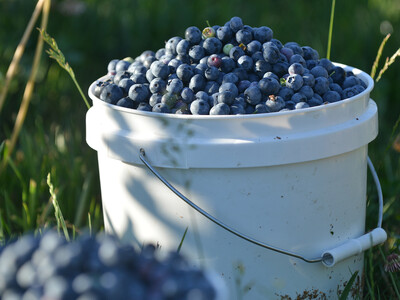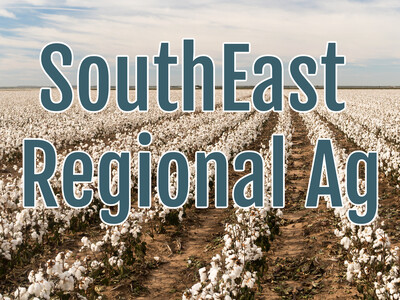Avian Influenza and Egg Prices

Tim Hammerich
News Reporter
Avian Influenza continues to be a serious threat to the poultry industry, with more recent outbreaks being far more aggressive than those from a decade ago. Dr. Jada Thompson, an associate professor at the University of Arkansas, says the current strain has wiped out flocks quickly, causing farmers to act fast.
Thompson… “So highly pathogenic Avian Influenza, we call it that because that leads to at least 75% mortality rates. And this particular strain was closer to 90 to 94%. So when people, the conversation always comes up is why do we have to depopulate the houses? First of all, 94% of these birds are dying. These commercial chickens and turkeys are going to die. What we're doing in depopulating early is trying to reduce the amount of virus that could potentially get into the air.”
Dr. Thompson says that the effects of such a deadly strain reach far beyond farms, impacting consumer prices.
Thompson… “We talked about the biggest egg prices and that happened at the end of the previous year. Why are the egg prices so high now–right? This disease has been around. Part of this is the scale of the number of birds that were impacted. So I'm gonna give an example of that in a second. And also there's a temporal effect as well. So what I mean by that is it is additive. So when we think about how one house gets hurt, we can kind of move some eggs around in that supply chain. The more eggs that are taken out of that system, or more birds are taken out of the system, that means there are fewer eggs and that becomes an additive effect and there's a biological lag.”
Dr. Thompson’s research primarily focuses on animal health and livestock economics with emphasis on the poultry industry.
